Art Review: Rabeya Jalil
By Nusrat Khawaja | Art Line | Published 7 years ago
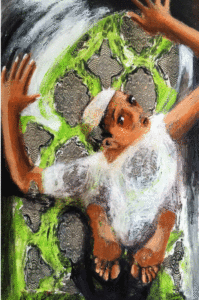 Ambivalence intrigues Rabeya Jalil. It is a conceptual looking glass through which she casts her gaze on ordinary, everyday sights and teases out the extraordinary dimensions inherent in the world. Her recen
Ambivalence intrigues Rabeya Jalil. It is a conceptual looking glass through which she casts her gaze on ordinary, everyday sights and teases out the extraordinary dimensions inherent in the world. Her recen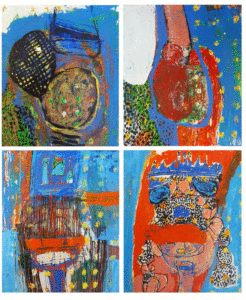 t show at Koel Gallery displayed 33 works under the laterally thought out title Something Else.
t show at Koel Gallery displayed 33 works under the laterally thought out title Something Else.
The theme of ambivalence or ambiguity is carried through by the artist in her stylistic rendition of line and colour. Her paintings, made with acrylic on board, pulsate with deliberately unresolved energy. Works such as ‘The First Lesson III’ and ‘VIP Movement III’ rely mostly on line work to delineate form with minimal dabs of colour. The ‘Notes’ series of paintings, on the other hand, use colour to bring out form. Often, a balance is created between line and colour as in the work titled ‘House Tree Person.’
Rabeya Jalil is fascinated by the formal properties of line and form, of the transformation of the line into form that creates an image or can hold colour or blank space within its boundaries. If Paul Klee famously considered drawing to be a line being taken for a walk then Rabeya Jalil is assuredly taking the line for a sprint.
The raw quality of Rabeya Jalil’s work is reminiscent of the saturated colours used by the Fauve artists at the turn of the twentieth century. They freed colour from its representational function and used it as an expression of mood. Its theatrical effect was meant to release the viewer’s preconceptions regarding the academic rules of “good” art. A similar release from preconception and certainty is also intended by Jalil.
Her style is in line with what is internationally known as “bad art,” signifying the rejection of academic and exalted notions of art. Rabeya Jalil acknowledges being inspired by artists such as Robert Rauschenberg, Cy Twombly and Jean-Michel Basquiat. The unorthodoxies generated by “bad art” require engagement on quite playful and humorous terms. Humour undoubtedly derives undertones of meaning by layering, puns and ambivalence. The meaning of such art is deliberately left open to interpretation and amusement. The points of view multiply as a consequence. The artist herself speaks of her preference for multiplicity rather than duality. The titles she gives her paintings also add another layer of meaning.
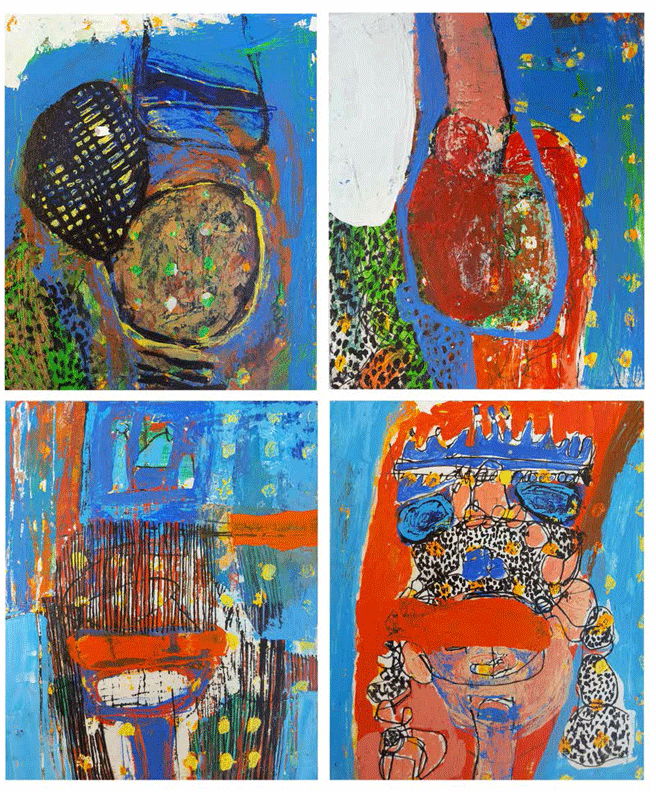
The eschewing of principles established by canonical schools of painting is central to Rabeya Jalil’s methodology. She disassociates from perspective and depth to free the painted surface of realistic narrative. This enables her to record her perception of a moment, a situation or a memory that lingers on the surface of consciousness for a brief while before it is subsumed by the rigidity of analysis. One can say that the objective and factual aspect of the visible world is disrupted by the asymmetrical terms by which the mind replays recorded perceptions. Memory and recall create their own dynamics of space and form that assume a fantastical aspect. In the quadriptych titled ‘Self Portrait,’ the segments with a variety of patterning that represent her face have very little connection to photographic reality.
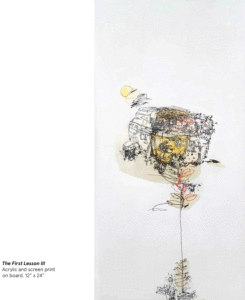
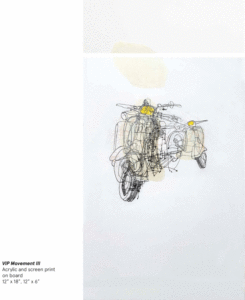 Distortion or exaggeration transforms reality from the mundane into the magical. In the work titled ‘Behind,’ the uncomfortable pose of the boy and his direct, quite frightened stare, are disturbing. One cannot help but ask if he is being threatened.
Distortion or exaggeration transforms reality from the mundane into the magical. In the work titled ‘Behind,’ the uncomfortable pose of the boy and his direct, quite frightened stare, are disturbing. One cannot help but ask if he is being threatened.
Certain themes are repeated in Rabeya Jalil’s work. Animals are a frequent subject, sometimes on their own and at other times in association with human figures. The artist records them because of their ubiquity in the urban environment. In the diptych titled ‘Clan,’ she contrasts a collection of cats in one panel with a human habitat in the other. The title plays with notions of family, tribe, clan as well as solitude. Another animal motif is that of a dog with a large spot on the side of its belly. It is an unfriendly creature and its repetitive occurrence has resonance with subconscious fears such as in recurring dreams.
Yet another motif is that of the perforated sheet of paper torn out of a notebook. In ‘Noting the Remains,’ Jalil overlaps the dog on pages of the notebook. Such repetitive imagery hints at certain causal connections that matter to the artist amidst the absurdity that the totality of her works conveys.
There is a philosophy that underscores Rabeya Jalil’s creative process. It concerns the humanity inherent in vignettes of life around her. These vignettes, by virtue of being depicted in an informal and raw style, become antidotes to structured thinking. They titillate like riddles that have multiple answers. They can be enjoyed through a buffer of colour and pattern that does not make demands on rationality even as they provoke curiosity.


